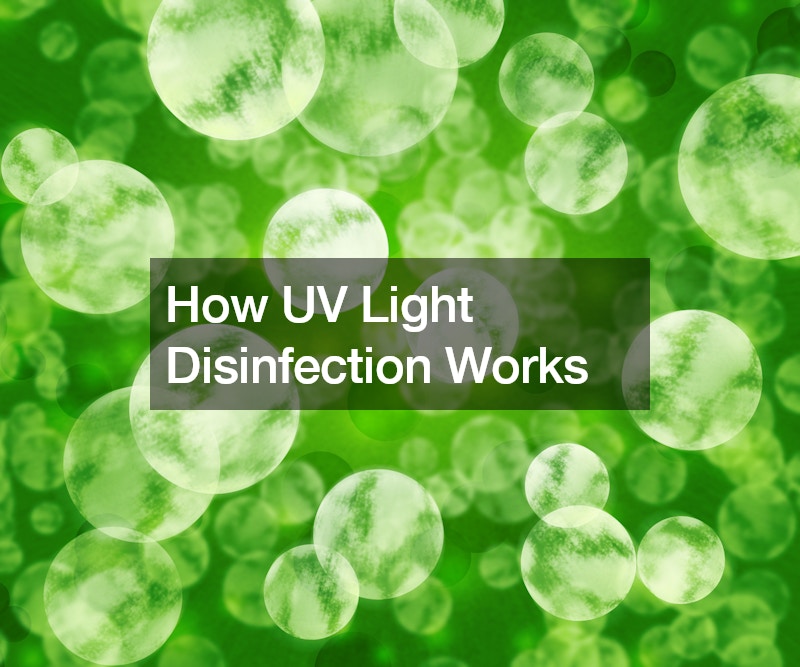UV light disinfection has been used in hospitals, surfaces, and even water, as shown in the video. In water treatment plants, disinfecting UV lights are used to attack colonies of bacteria and other microorganisms, causing them to be inactive. The multiplication of organisms is also stopped.
However, the effectiveness of disinfecting UV light depends on the type of light and the organisms it targets. Some UV light disinfectants target bacteria and fungi, while others only target viruses. UV light disinfection will only work if it successfully penetrates all the microorganisms.
The type of microorganisms is not the only thing to worry about when using UV light disinfection. When used in unfiltered water, blocks in the form of minerals and impurities will interfere with the flow of light. They will create shadows where the light will not reach, and some microorganisms will remain untouched.
Filtering the water before using disinfecting UV light will increase the disinfection success rate. The light will also target the microorganisms easily without the roadblocks created by water minerals, such as iron. Unfortunately, the purity of the water is only guaranteed while in the UV light disinfection chamber.
Once the water flows out, it may be contaminated once again, especially if there is a water backflow. One way to control water pollution is by running chlorinated water through the water system, from the pipes to the storage tanks. This will help prevent slime buildup. Using the right disinfecting UV light will also help improve water quality.







